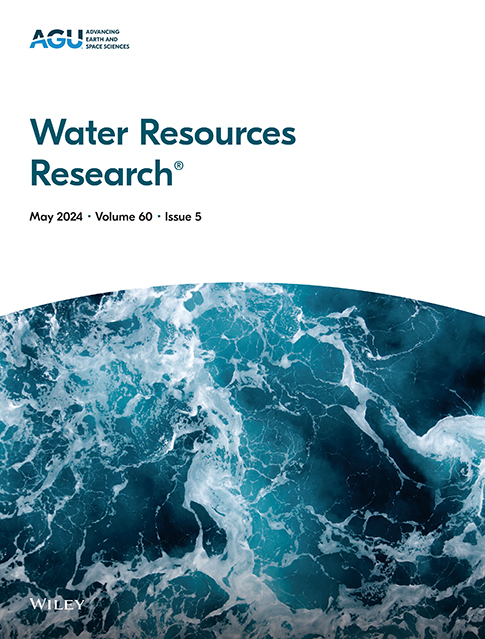A Curvature-Based Framework for Automated Classification of Meander Bends
IF 4.6
1区 地球科学
Q2 ENVIRONMENTAL SCIENCES
引用次数: 0
Abstract
River meanders are one of the most recurrent and varied patterns in fluvial systems. Multiple attempts have been made to detect and categorize patterns in meandering rivers to understand their shape and evolution. A novel data-driven approach was used to classify single-bend meanders. A data set containing approximately 10 million single-lobe meander bends was generated using the Kinoshita curve. A neural network autoencoder was trained over the curvature energy spectra of Kinoshita-generated meanders. Then, the trained network was tested on 7521 real meander bends extracted from satellite images, and the energy spectrum in the meander curvature was reconstructed accurately thanks to the autoencoder architecture. The meander spectrum reconstruction was clustered, and three main bend shapes were found associated with the meander data sets, namely symmetric, upstream-skewed, and downstream-skewed. The autoencoder-based classification framework allowed bend shape detection along rivers, finding the dominant pattern with implications on migration trends. The classification framework proposed in this study was used to analyze the morphological evolution of the Ucayali river over 32 years. The shift from prevalent downstream-skewed to prevalent upstream-skewed bends (or vice versa) after big cutoffs suggests a plausible transition from super-resonant dominated to sub-resonant dominated behavior (or the reverse). Overall, the method proposed opens the venue to data-driven classifications to understand and manage meandering rivers. Bend shape classification can thus inform restoration and flood control practices and contribute to predicting meander evolution from satellite images or sedimentary records.求助全文
约1分钟内获得全文
求助全文
来源期刊

Water Resources Research
环境科学-湖沼学
CiteScore
8.80
自引率
13.00%
发文量
599
审稿时长
3.5 months
期刊介绍:
Water Resources Research (WRR) is an interdisciplinary journal that focuses on hydrology and water resources. It publishes original research in the natural and social sciences of water. It emphasizes the role of water in the Earth system, including physical, chemical, biological, and ecological processes in water resources research and management, including social, policy, and public health implications. It encompasses observational, experimental, theoretical, analytical, numerical, and data-driven approaches that advance the science of water and its management. Submissions are evaluated for their novelty, accuracy, significance, and broader implications of the findings.
 求助内容:
求助内容: 应助结果提醒方式:
应助结果提醒方式:


